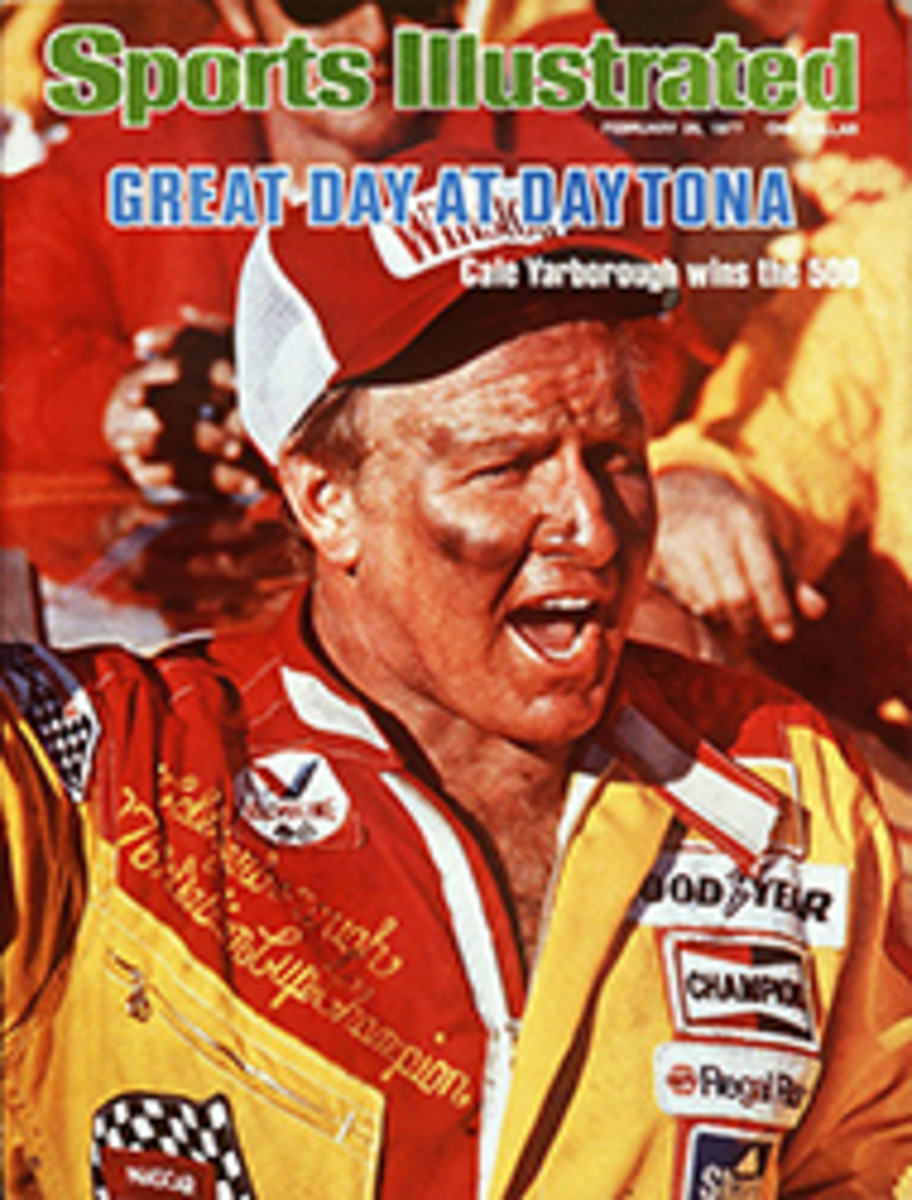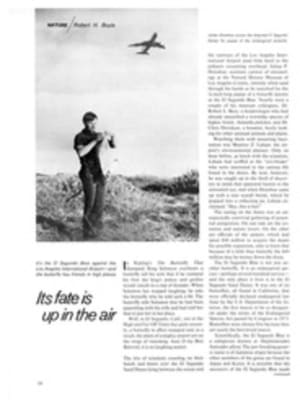
REPLICA GUNS RESTORE PIONEER FUN—AS LONG AS YOU'RE NOT FACING A BEAR
When the mountainmen first ventured into the upper reaches of the Missouri they carried a gun known as the long rifle or the Kentucky rifle, though it probably originated in Pennsylvania and was manufactured by Samuel and Jacob Hawken in St. Louis. You can now buy a working facsimile of the Hawken for about $200, or you can get a kit for $140 and assemble the gun yourself. So many muzzle-loading enthusiasts are acquiring the guns these days that the J. C. Penney Company alone did a $2.5 million business in them last year, up from $1.5 million in 1975, and the output of Thompson/Center Arms, one of the few American makers, has at least tripled in the past five years. Companies in Japan, Spain and Italy are also producing muzzle-loaders modeled on historic American rifles for the U.S. market.
Oldtime trappers would undoubtedly find this craze hard to believe. To use a Hawken when you could get an accurate, rapid-firing rifle is, if not suicidal, at least irrational. If you were rushed by an angry critter or an unfriendly Indian and were armed with a muzzle-loader, you first opened your powder horn and emptied an appropriate charge of black powder into the barrel. From a receptacle in the stock you extracted a small patch, previously greased, and placed it over the muzzle, meanwhile grabbing a small lead ball from a pouch on your belt, and placed this (if you didn't drop it) in the center of the patch. With a patch knife, you trimmed the excess material. You then rammed the patch and the shot down the barrel with a hickory ramrod and primed the firing mechanism with powder, and—if you were still alive—you were ready to fire. In an emergency an expert could reload, aim and fire in about 20 seconds, and if you weren't an expert there would be no need to hurry, for only experts survived.
The same general loading procedure is required for facsimiles like Connecticut Valley Arms' Kentucky flintlock ($74.95 in a kit, $107.95 assembled), or the Navy Arms Company's Civil War Zouave ($150 assembled). Thompson/Center Arms in Rochester, N.H. now has most of its more than 400 employees making muzzle-loaders, including the lightweight Seneca and a rugged utility rifle, the Renegade, which sells for $165. The Sears, Roebuck muzzle-loading Kentucky sells for $84.95 in a kit, $114.95 assembled.
Part of the present interest in muzzle-loaders has been attributed to the Bicentennial and the patriotic demonstrations it engendered, but the merchandisers of these items from the American past only occasionally use phrases such as "the romance of yesteryear" when they discuss the appeal of their weapons. Because of gun-control laws, buying modern rifles involves a lot of red tape, but few of the 50 states require a license to own a muzzle-loader. Moreover, there is a trend toward having special seasons for primitive weapons, including muzzle-loaders. And some states allow muzzle-loaders to be used during the regular hunting season.
The Kentucky rifle, with its variation, the plains rifle, was the standard frontier weapon from around 1750 until repeating rifles appeared during the Civil War, and one reason the present generation is attracted to them is their complexity: few artifacts give one so sharp a sense of what the pioneers were really up against.

